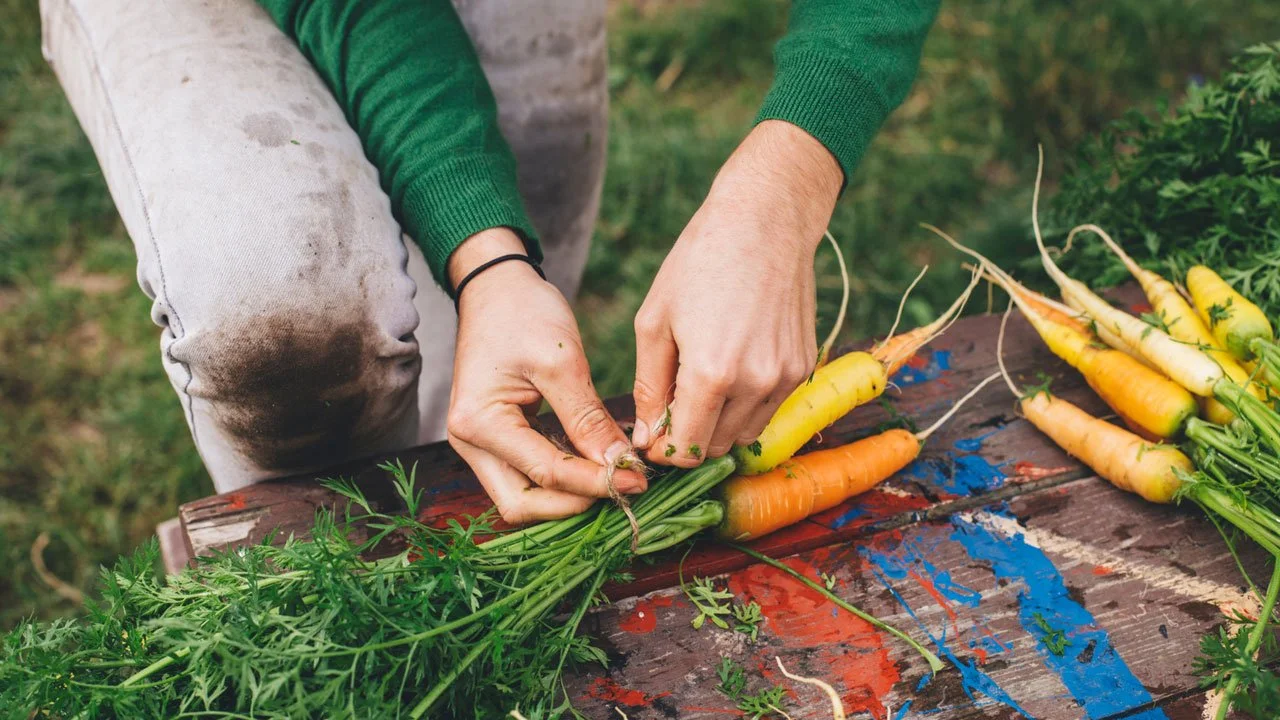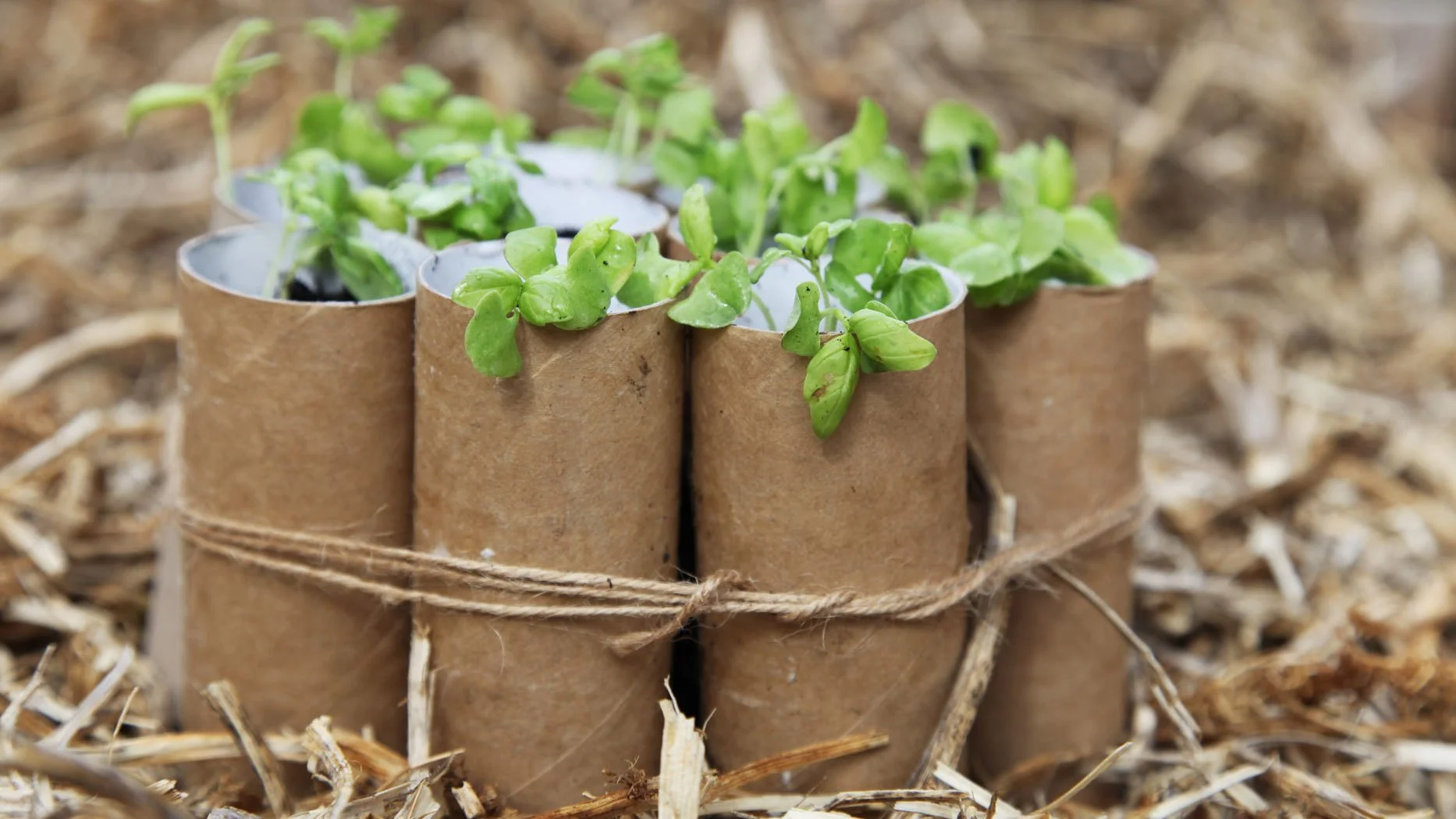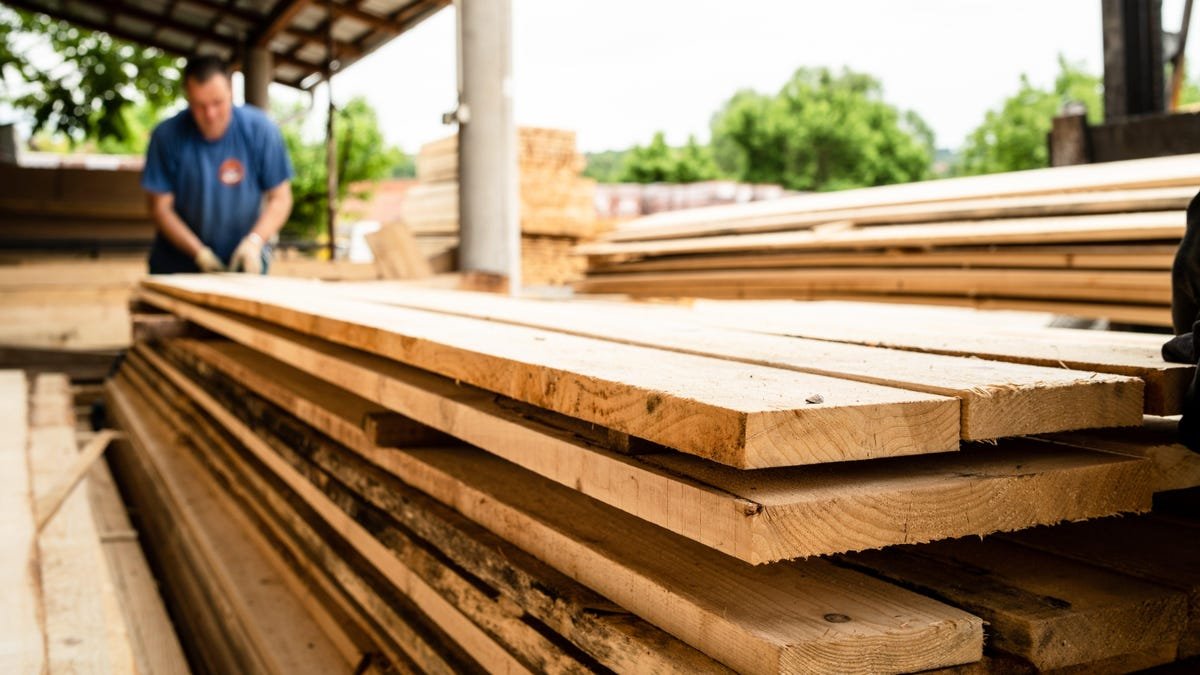Does Homesteading Save Money?
Discover > Homesteading > Does Homesteading Save Money?
Homesteading is a lifestyle that’s been gaining popularity over the past few years. It’s not only good for the environment, but it might also be good for your wallet. Many people are switching to homesteading to save money on their grocery bills, living expenses, and even transportation costs.
This article will explore the benefits of homesteading and how it can help reduce your expenses without sacrificing your quality of life.
1. Growing Your Food
Homesteading means you’re growing your own food. This may sound daunting, but it’s actually easier and cheaper than going to the grocery store. By growing your produce, you eliminate the need to pay for it every week.
Not only that, but the food you grow is fresher and healthier for you, and you can control the pesticides that are used. Homesteaders can even sell their extra produce - bringing in additional income.
2. Saving On Living Expenses
Homesteading also means freedom from rent or mortgage costs. If you live off-grid, you have no electricity, water, or gas bills, cutting your monthly expenses significantly. In addition to that, homesteaders can use DIY skills to fix their homes and infrastructure without the need for professional services.
Homesteading can also reduce your dependence on the food industry. By producing your food, you do away with the high costs associated with food processing, packaging, and distribution.
3. Making DIY Household Items
A homesteader can reduce their expenses by creating household items without purchasing them from a store. Instead of buying chemical-laden soaps, lip balms, and perfumes, you can use natural products such as beeswax, honey, and lavender.
Homemade items are not only cheaper but also healthy, eco-friendly, and add an extra, personalized touch to your lifestyle.
4. Raising Your Own Livestock
Raising your livestock is another major way homesteading can save you money. For example, instead of purchasing meat from your grocery store, you can raise your own chickens, pigs, cows, or goats.
Homesteaders benefit from organic, hormone-free, and locally-raised meat and dairy products. Instead of paying retail prices at the grocery store, homesteaders can produce their food at a reduced cost. And if you produce more than your family needs, you could sell meat, dairy, or other livestock products for a profit.
5. Reduced Transport Costs
Homesteading can also reduce one’s dependence on transportation. The fewer trips you make to the grocery store for supplies, the less you spend on fuel or other costs associated with transportation.
Homesteaders can reduce their commute distances and limit their travel needs by generating their food, reducing their overall carbon footprint, and promoting environmental sustainability.
6. Renewable Energy
Homesteading can help you reduce your energy bills by using renewable sources such as solar panels, wind turbines, and hydroelectric generators. Investing in renewable energy can be expensive in the short term, but it can help you save thousands of dollars in the long run.
By producing your energy, you can reduce your dependence on commercial energy, thus reducing your bills. You can also generate excess energy, which you can sell back to the power grid for extra income.
7. Barter
Homesteading encourages trading goods and services with other homesteaders. This practice is not only a great way to save money but also a way to build relationships with your neighbors. You can barter for anything from fresh eggs to carpentry services.
You can also trade excess produce or food preservation. It’s an excellent way to get what you need while avoiding paying full price.
8. DIY
Homesteading encourages DIY projects, which can help you save money on repair and maintenance. Whether it’s building a chicken coop, repairing a fence, or fixing a leaky faucet, doing it yourself can save you a lot of money.
When you embark on DIY projects, you learn new skills that you can use in other areas of your life, which can save you even more money.
9. Preserving Food
One of the key principles of homesteading is food preservation. Whether it's canning, freezing, dehydrating, or fermenting, preserving food can help you save money.
When you grow your own fruits and vegetables, you can preserve excess produce, which can help you avoid buying groceries out of season. Preserving food also helps you reduce food waste, which can also save you money.
10. Sustainability
Homesteading emphasizes sustainable living practices, such as composting, recycling, and water conservation. These practices can help you reduce your expenses on household essentials such as fertilizers, trash disposal, and water bills.
By composting and recycling, you also reduce your environmental footprint, which can help you avoid paying fines for environmental violations.
11. Reusing
Homesteading encourages a culture of reusing and repurposing. This means finding ways to give a second life to items that would otherwise end up in the trash.
For example, you can use old mason jars to store food, repurpose old pallets into garden furniture, and use old clothes as rags for cleaning. Not only does reusing help save money on buying new items, but it also helps reduce waste and promotes environmental sustainability.
12. Learning Skills
Homesteading requires a certain level of self-sufficiency, which means acquiring a range of useful skills. These can include gardening, canning, carpentry, and animal husbandry.
By learning these skills, you can reduce your reliance on outside services and products, which can significantly cut down on costs. For example, knowing how to repair broken appliances or do your own plumbing work can save you hundreds of dollars in repair fees.
13. Source Free Lumber
Many homesteaders build their own structures, such as chicken coops, barns, and sheds. These structures often require lumber, which can be expensive to purchase from hardware stores.
However, by sourcing free lumber from local sawmills, you can save significant amounts of money. Some sawmills give away scraps and sawdust for free while other mills sell rough-cut lumber at a fraction of the cost of finished lumber.
14. Butcher Your Own
If you have livestock on your homestead, you can save money on meat by learning to butcher your own animals. This requires some knowledge and skill, but it can be a cost-effective way to fill your freezer.
Butchering your own animals also allows you to control the quality of the meat and ensures that you know exactly what goes into it.
15. Buy in Bulk
Homesteading provides an opportunity to buy products in bulk and preserve them for later use. For example, you can buy a large quantity of sugar, flour, or rice and store them in sealed containers. Buying in bulk eliminates the need to purchase smaller quantities of these items, which can add up to significant savings over time.
Additionally, you can preserve excess produce from your garden by canning or freezing, which ensures that you have access to fresh, healthy food throughout the year.
16. Meal Planning
Meal planning is key to saving money on groceries, and homesteaders have a huge advantage here. By growing a wide variety of fruits and vegetables, they can create healthy, delicious meals without spending a dime.
Homesteaders also typically have access to fresh eggs, milk, and other dairy products, which can significantly cut down on grocery expenses. Additionally, by preserving their own fruits and vegetables, homesteaders can create stockpiles of food that can be used throughout the year, reducing the need for expensive trips to the grocery store.
17. Drying Your Own Herbs
Dry herbs is a simple way to save money and add flavor to your meals all year round. Instead of buying expensive dried herbs(how long do dried herbs last?) from the grocery store, homesteaders can simply dry their own fresh herbs.
This can be done with a dehydrator or by hanging herbs upside down in a cool, dry place. Dried herbs can be used in everything from soups and stews to teas and baked goods, and they can save you a considerable amount of money over time.
18. Composting
Composting is another way that homesteaders can save money. Instead of throwing away food scraps and yard waste, they can turn it into nutrient-rich compost that can be used to nourish their gardens.
This not only saves money on fertilizer, but it also helps to reduce waste and benefit the environment. Composting can be done on a large or small scale, and is an easy way to turn garbage into gold.
19. Use The Community
Finally, using the community is another way that homesteaders can save money. Homesteaders are often part of a larger community of like-minded individuals who are passionate about sustainable living.
By sharing skills, tools, and resources, homesteaders can save money and build stronger relationships with their neighbors. Community gardens, tool libraries, and seed exchanges are just a few examples of ways that homesteaders can benefit from collaborative living.
Conclusion
The homesteading lifestyle brings numerous benefits beyond food and financial savings, including self-sufficiency, sustainability, and a sense of accomplishment.
Homesteading requires dedication, skill, and persistence, but by growing your own food, making DIY household items and reducing your dependence on the food industry, homesteading can help you save money, earn money and lead a more sustainable lifestyle. In a world where saving for the future has become a challenge, homesteading can help in ensuring that the future remains bright.
#saved money #homestead costs money #more money #all the stuff #cost money #homesteading saves money #farmer's market #so much stuff #actual cost #sell firewood





















